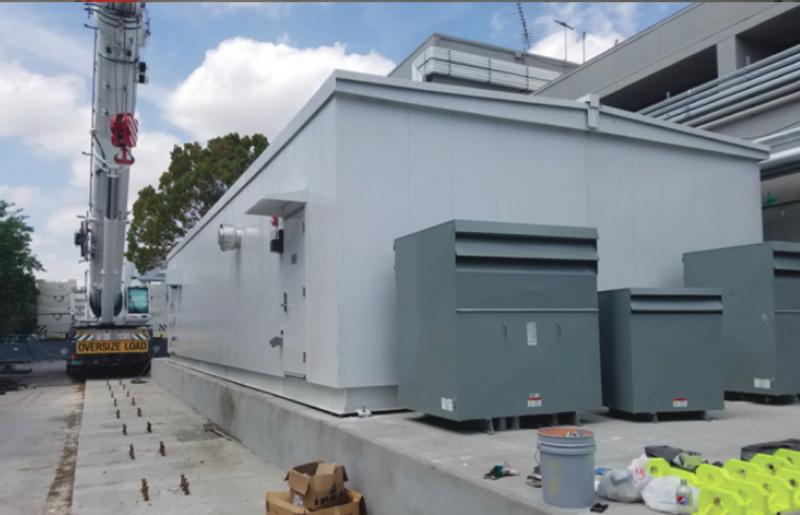The Five Benefits of Modular Container Design
September 17, 2018
In our previous blog, ‘The Changing Shape (and Size) of Data Centers,’ we talked about modular data centers as a natural evolution in design of mission-critical facilities. Within an ever-changing computing landscape, modular container design has created an economical deployment methodology that is being utilized by hyperscale providers, corporations, governments, and educational institutions. In our previous blog we discussed how this evolution has taken place within the historical context of data center design and the economics of computing in the modern world. In this blog we will talk about the benefits of the new modular approach.

While there are a host of reasons, we think that all of the benefits of modular container design and deployment can be summed up with these five drivers:
- Spatially elastic: Modular containers are very adaptable to the environment in which it finds itself and can work in any number of configurations. Containers can be housed in a warehouse or placed outside, on their own. They can be stacked without need of additional structural design. They also complement existing architecture. Rather than retrofitting or rebuilding rooms in facilities to house the computer equipment, electrical and mechanical infrastructure, and network, you only need to find 20 or 40 feet of space to set a container.
- Highly secure: Modular containers provide a higher level of security on several fronts. The container itself is a highly secure solution. Built of steel, containers can withstand threats ranging from vandalism and tampering to wind and debris. Because they are built off-site, they can also be shipped to highly secure locations, eliminating the need for crews of contractors and their costly clearances and confidentiality requirements for these types of projects.
- Custom built: Almost by definition, the modular nature of the containerized data center lends itself to customization. The electrical and mechanical infrastructure are sized directly to the computing application, resulting in higher efficiencies and lower PUE’s. It also allows the organization to deploy according to its computing needs and redeploy elsewhere if computing needs change.
- Highlyportable: Have you ever tried to move a stick-built data center? When new data centers are built, they are accompanied by a data center migration – a complex and nerve-racking move of server, storage, and network equipment from the old facility. Today, containerized modular data centers can literally be packed up and shipped worldwide. They are easy to transport over the road, by sea, or by plane.
- Fast: The process of designing and building a container is turnkey, with all of the benefits of design-build construction. This means that the owner works with a single, unified team to implement the project. It also means that the process, from design to delivery, is shorter and less expensive. Also, containerized solutions are commissioned in the factory which means that the unit is ready for operation as soon as it reaches the site.
The benefits of modular container data centers are drivers for a shift in the way data centers are design and deployed. With improved flexibility, efficiency, speed and cost of deployment, it is a shift that we believe is the natural evolution of data center design.
